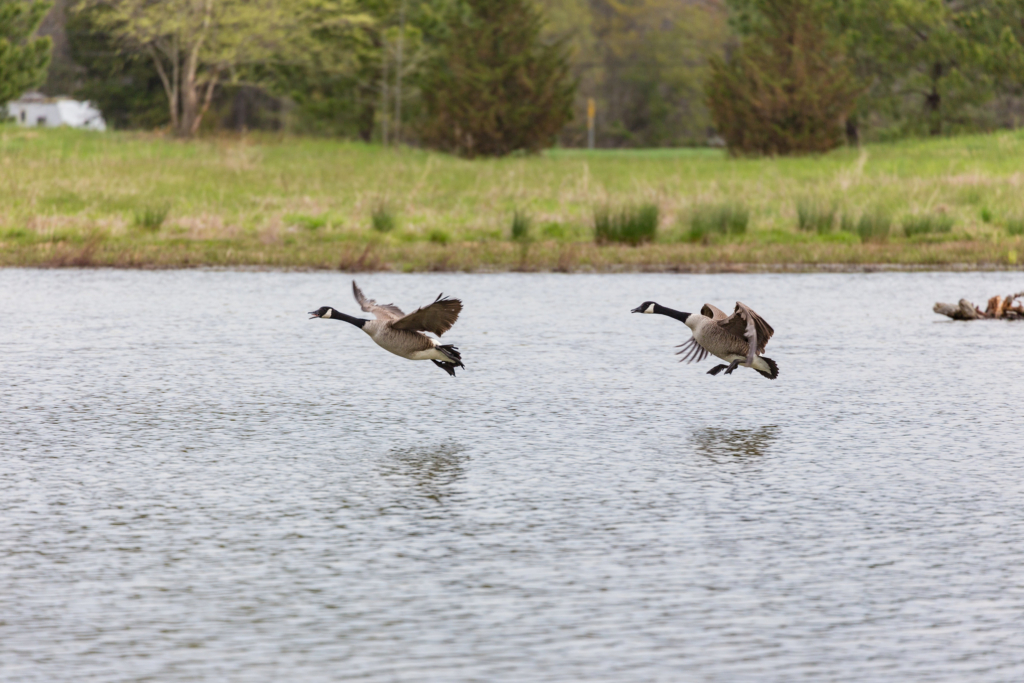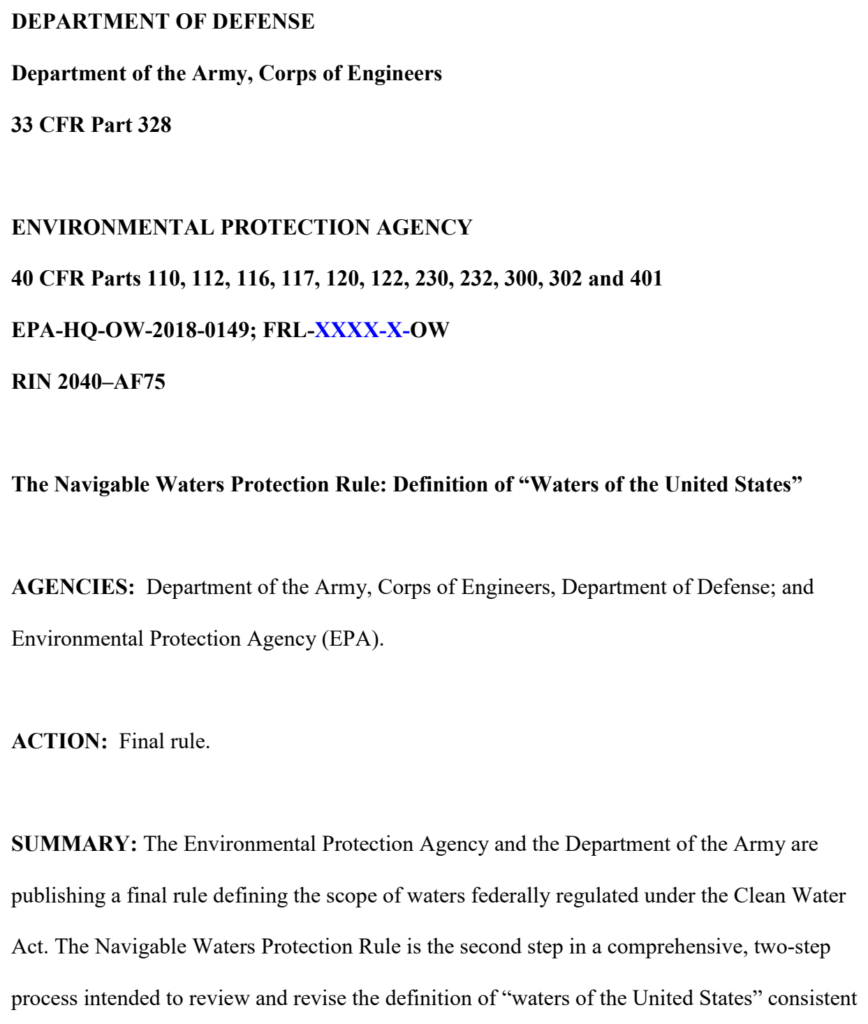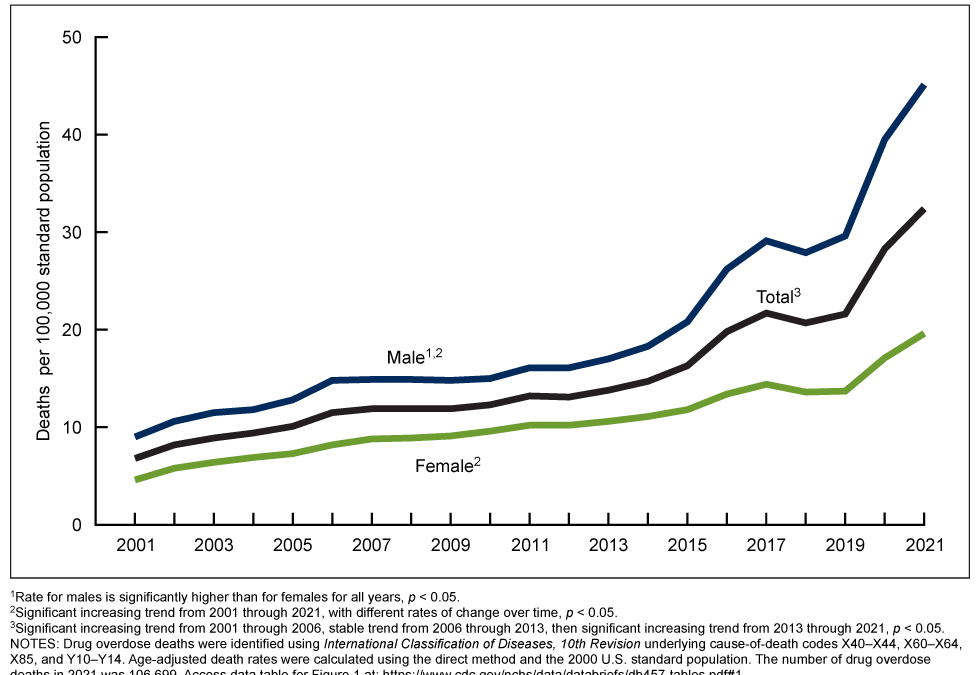America’s wetlands: vital, ignored, and now defined away by the Trump administration

By Geena Reed
27 January 2020
(UCS) – Last week, the Trump administration finalized its rollback of the expanded definition of the waters of the United States. Now fewer water bodies, including wetlands and ephemeral streams, will be protected under the Clean Water Act. The quality of more than half of the country’s wetlands and 18 percent of its streams is now in peril.
This move goes against established science and flies in the face of hydrogeology. Even the EPA’s own advisors wrote in a draft report that, “The departure of the proposed rule from EPA-recognized science threatens to weaken protection of the nation’s waters by disregarding the established connectivity of groundwaters and by failing to protect ephemeral streams and wetlands which connect to navigable waters below the surface … These changes are proposed without a fully supportable scientific basis, while potentially introducing substantial new risks to human and environmental health.” […]

What the Trump administration actively ignores in its decision is that wetlands provide multitudes of public benefits, whether or not they have uninterrupted surface water connection. The complex ecological system of which water bodies are a part isn’t made up of visible, clean, connected lines.
The system is open and in flux and decisions need to take that complexity into consideration. For example, there are certain amphibian species in isolated wetlands in the “Carolina Bays” of South Carolina whose life cycles depend on the wetlands’ presence and functional integrity. The Prairie Pothole region at the northern border of the Great Plains and Canada supports significant populations of ducks and geese. And ephemeral or intermittent headwater streams can provide predator-free opportunities for a variety of species to mate and enjoy less competition.
Last year, President Trump told farmers that the previous definition of Waters of the US, “basically took your property away from you.” But that is far from the truth. The Clean Water Act doesn’t put farmers and industry out of business, it puts in place safeguards so our resources aren’t depleted and polluted to the point of no return. Farmers, of all people, understand the benefits wetlands provide for land use including improved water quality, reduced flooding and erosion, and beneficial species like pollinators and pest-controlling insects. [more]
America’s Wetlands: Vital, Ignored, and Now Defined Away by the Trump Administration


